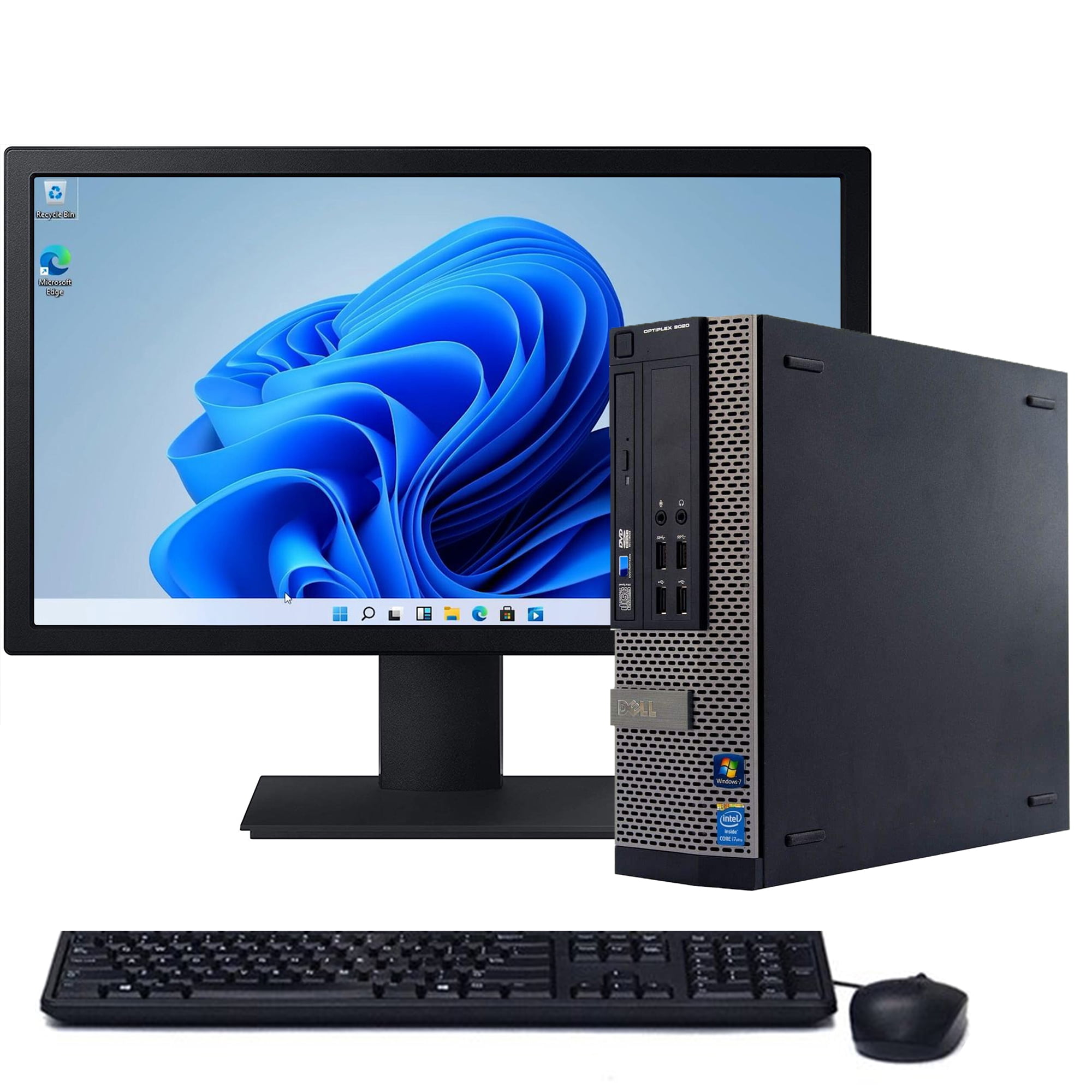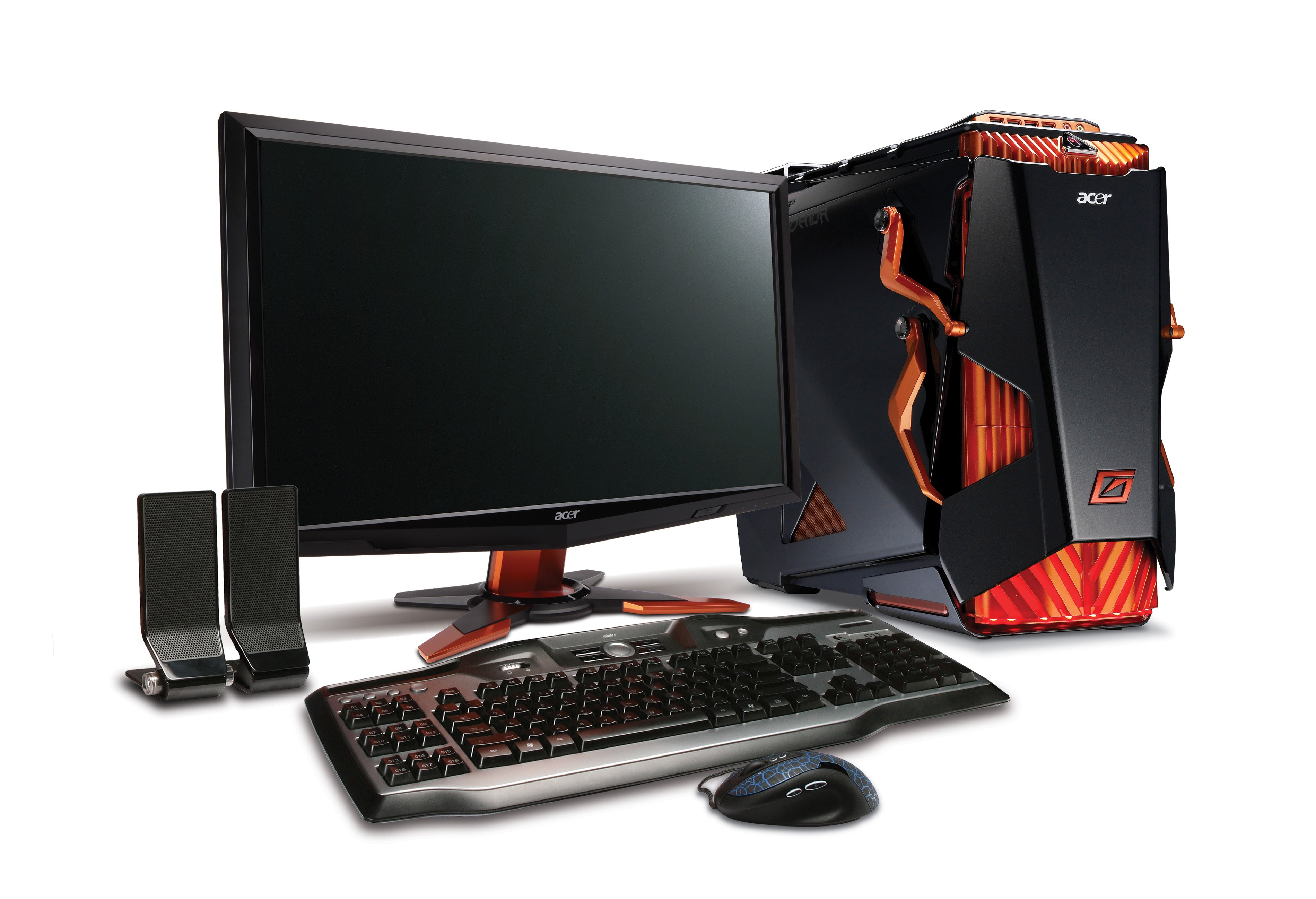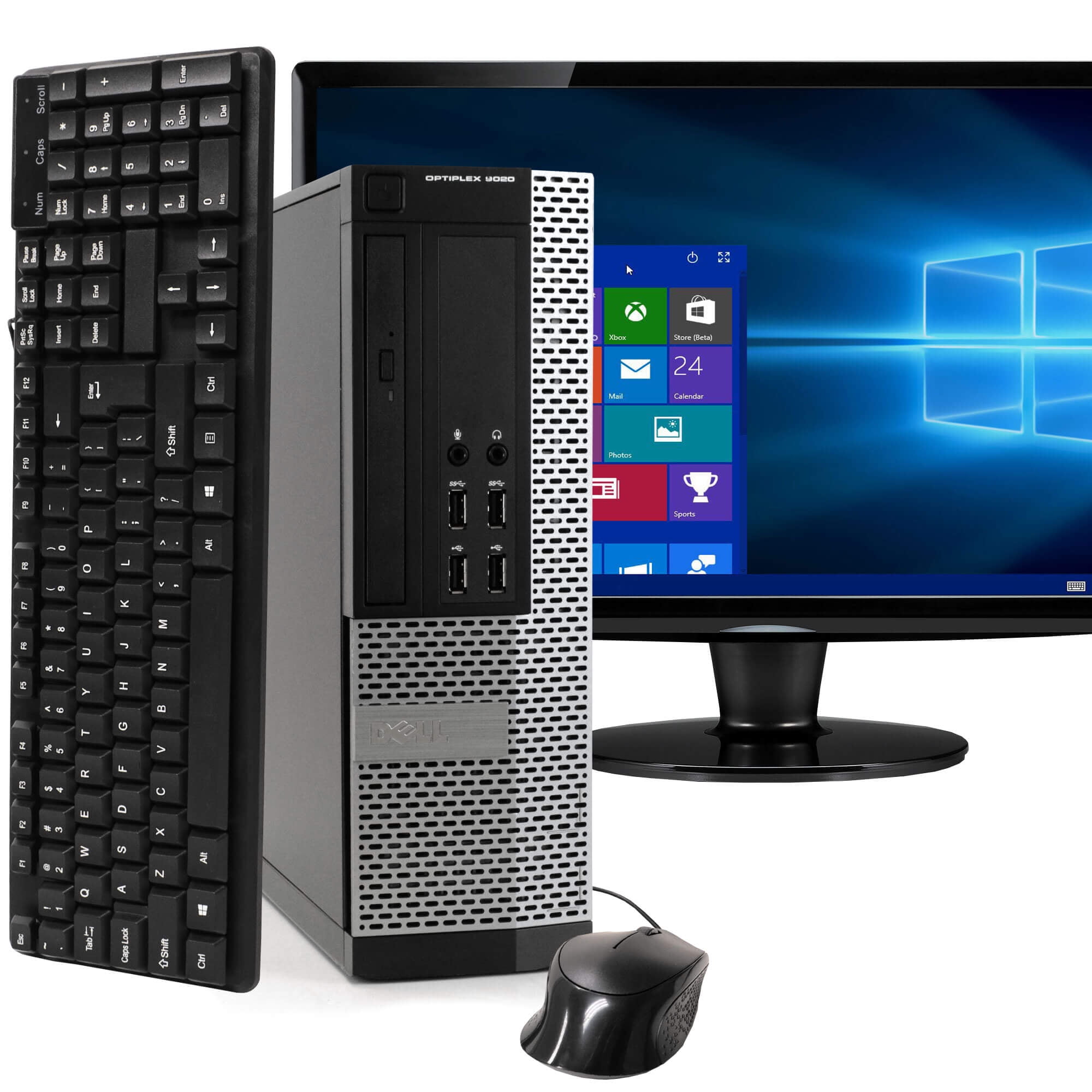Computers Of The 1980s - A Look Back At Home Tech
The 1980s, a truly memorable time, brought forth a remarkable shift in how we interacted with machines. This was the decade when those bulky, fascinating devices, once found only in labs or big offices, started finding their way into regular homes. It was a period of incredible invention and widespread curiosity, marking a real turning point for personal technology. People began to see what these clever contraptions could actually do, and the possibilities seemed endless, frankly.
Before this time, owning a computer was something few people even thought about, let alone did. But as the decade unfolded, personal computing became a real thing, changing how we lived, how we worked, and even how we talked to each other. Companies like IBM and Apple, for instance, really helped make these machines something regular folks could get their hands on, sparking a cultural movement that would reshape our world in ways we're still seeing today, you know?
This was a time of great excitement and, in a way, a bit of trial and error. The early days of personal computing were filled with a sense of discovery, as if everyone was figuring things out together. We're going to take a look at some of those famous, some forgotten, and some rather notorious computer brands from that period, and basically see what made them tick.
Table of Contents
- The Dawn of Personal Computers of the 1980s
- What Made Computers of the 1980s So Special?
- How Did Early Computers of the 1980s Get Into Homes?
- Big Names and Bold Ideas in Computers of the 1980s
- Which Computers of the 1980s Really Stood Out?
- Beyond the Box - New Ways to Use Computers of the 1980s
- How Did Computers of the 1980s Change Daily Life?
- Exploring the Legacy of Computers of the 1980s Today
The Dawn of Personal Computers of the 1980s
The 1980s really got things going for home computing, with many different companies all trying to get a piece of the action. This time period saw the start and rapid spread of the first personal computers, which included well-known names like the IBM PS/1 and PS/2, and of course, the Macintosh. These machines were a class of smaller computers that first showed up around 1977 and then became quite common throughout the 1980s. They were, in a way, a very fresh idea for many households.
Before this period, the computing world had already been growing steadily through the 1970s, but the 80s brought with it some fresh perspectives and a shift in what was important. This was the period when new magazines focused on computers started appearing on newsstands, and there was a lot of activity around setting common ways for things to work. You know, making sure different parts could talk to each other. It was a busy time for setting up how things would operate in the future.
The whole idea of personal computing started making some first moves in the late 1970s, but it was really in the 1980s that home computing truly took off. Back then, it was almost as if no young person's room was quite complete without one of these new machines. The invention of the microprocessor back in the 1970s was a very big moment, making it possible to create smaller, more affordable computers that people could use for themselves. This tiny invention, honestly, changed everything.
- Belle Delphine Forest
- Is Michelle Obama A Tranny
- Jasmine Pilchard Gosnell
- Relatos Eroticos Suegro
- Zendaya Feet
What Made Computers of the 1980s So Special?
The 1980s was an incredibly exciting period for the world of computing. You see, advances in how microchips were put together led to amazing leaps in how much work a computer could do and what it was capable of. These small, yet powerful, chips meant that computers could process information faster and handle more complex tasks than ever before. It was, in some respects, a true technological marvel unfolding right before our eyes.
Bold thinkers and business people also brought us completely new ways to interact with these machines. We got things like graphical interfaces, which let you click on pictures instead of typing in every command, and handy input devices like the mouse. Before this, you had to type in very specific instructions, which could be a bit tricky. The mouse, for instance, made using a computer much more straightforward and, frankly, a lot more fun for many people.
Beyond just individual machines, computer connections started bringing the world a bit closer together. People could begin to share information and communicate across distances in ways that felt very new and exciting. This was the start of a trend that would grow and grow, making the world feel like a smaller place. So, in a way, the 80s laid the groundwork for how we connect today.
How Did Early Computers of the 1980s Get Into Homes?
In the early 1980s, these computing machines started showing up in British homes for the very first time. They were a wave of inexpensive and futuristic gadgets that let millions of people discover for themselves what a computer actually was. Before this, the idea of having a computer in your living room or bedroom was pretty foreign, you know? These fantastic machines really opened up a new world.
These devices, like the Sinclair ZX Spectrum, the Acorn Electron, and the Commodore 64, promised to do many things. They weren't just for playing games, though that was a big part of their appeal. They were also for learning, for doing small tasks, and for just tinkering around. They made the idea of computing something that was accessible to the everyday person, not just someone with a special degree. It was, basically, a whole new kind of entertainment and tool rolled into one.
The 1980s were a very important period in the story of computers. During this decade, personal computers, often called PCs, became broadly available to just about everyone. The first days of personal computing were full of a lot of enthusiasm and trying out new things. In many ways, the computers of the 1980s were very different from the machines we use today, but they set the stage for everything that came after, really.
Big Names and Bold Ideas in Computers of the 1980s
The rise of the personal computer in the late 1970s and early 1980s truly kicked off what we now call the personal computer movement. This was a time when various companies stepped up to the plate, each with their own vision for what these home machines should be like. It was a period of intense competition, with everyone trying to make the best, or at least the most popular, device for the growing number of people interested in computing.
Companies like Microsoft, for instance, played a very big part in this change. While some companies made the actual hardware, others focused on the software, the instructions that made the machines do useful things. Microsoft's operating systems, which were like the brain of the computer, became incredibly widespread, helping to shape how people interacted with their machines for years to come. They were, in fact, a central piece of the puzzle.
New models of computers were put out year after year, but only a small number of them really hit it big. This was a time when affordable home computers were brought to regular people, letting millions experience what these machines could do. It was, you know, a very exciting time to be alive if you were interested in technology, as there was always something new just around the corner.
Which Computers of the 1980s Really Stood Out?
When we think about the memorable machines from this period, a few names tend to come to mind immediately. The Commodore 64, for example, sold over 17 million units, making it the most popular home computer model of all time. This machine, with its distinct look and capabilities, truly captured the hearts of many households. It was, basically, everywhere.
Then there was the Apple Macintosh, which came out in 1984. This machine introduced many people to the idea of a graphical user interface, where you used a mouse to point and click on pictures and menus instead of typing commands. It felt very different from other computers at the time and, frankly, was a big step forward in making computers easier to use for everyday folks. Its friendly face was a big selling point.
IBM also had its entries, like the PS/1 and PS/2, which aimed to bring personal computing to businesses and homes with a more serious, professional feel. These machines, while perhaps not as colorful as some of their rivals, were seen as reliable and capable. They helped solidify the idea that a computer was a serious tool, not just a toy. So, in a way, they broadened the appeal.
Beyond the Box - New Ways to Use Computers of the 1980s
The 1980s really showed us that computers were more than just fancy calculators. They started to become tools for fun and for getting things done in new ways. You could experience early video games and operating systems yourself through something called retrocomputing, which is basically enjoying older computer technology. It’s a bit like stepping back in time to see how things were, you know?
This period also saw people starting to think about how computers could be used for more than just simple tasks. There was a lot of excitement and trying out new things. People were experimenting with different ways to make these machines useful, from writing letters to managing household budgets, and even creating simple art. It was, in some respects, a wide-open field for creativity.
The idea of hypertext, where you could click on words to jump to other related information, was also being explored. Some folks were trying to figure out ways to make information on computers readable by both machines and people. While some of the early work might not have been widely known at the time, the seeds for how we interact with information online today were certainly being planted. It was, honestly, a very forward-thinking idea.
How Did Computers of the 1980s Change Daily Life?
The personal computer movement of the 1980s truly changed the way we live, how we do our work, and how we talk to each other. With these powerful machines showing up, people got never-before-seen access to information and useful things right at their fingertips. It was a pretty big deal, actually, to have so much available without leaving your house.
Think about it: suddenly, you could do things like write school papers, keep track of your family's money, or even play games that were more complex than anything seen before, all from your own desk. This shift meant that technology began to sneak into everyday life, making way for a big change in how we used tools and information. It was, in a way, a quiet revolution happening in homes all over.
The impact wasn't just about what you could do on the computer itself. It was also about how it changed the way people thought about information and communication. The idea of having a machine that could help you learn, create, and connect with others started to become normal. This really paved the way for the connected world we live in now, you know?
Exploring the Legacy of Computers of the 1980s Today
Looking back, the computers of the 1980s were, in many ways, very different from the sleek devices we use today. They were often bulky, had limited memory, and their screens showed text in just a few colors, or sometimes just one. Yet, these machines were the start of something truly big. They were the first step for many people into the world of personal technology.
You can still get a feel for what it was like to use these early machines through retrocomputing. People collect and restore these old systems, and sometimes even create new programs for them. It's a way to keep the spirit of that time alive and to appreciate how far we've come. It's almost like visiting a museum, but you can actually play with the exhibits, which is pretty cool.
The lessons learned and the ideas born during that period still influence how we make and use computers today. The focus on making machines easier for people to use, the drive for more processing ability, and the dream of connecting everyone all started taking shape back then. The 1980s truly marked a very important period in the story of computing, transforming these tools from something specialized into something everyone could have and enjoy.

Dell OptiPlex 7010 Windows 11 Professional Desktop Computer Bundle

Gaming desktops - designmoli

Walmart Laptops Windows 11